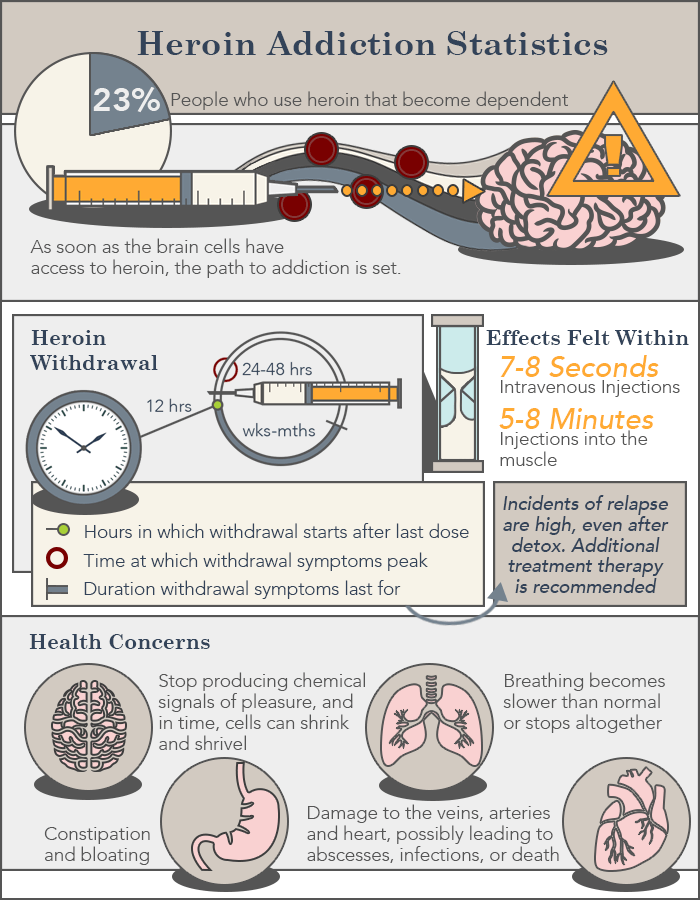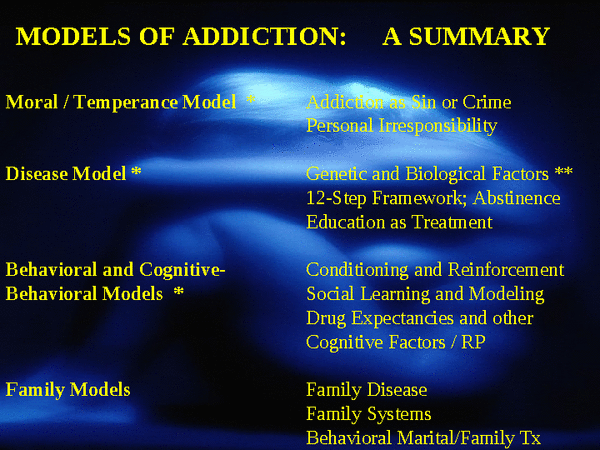It's extremely typical to see them also work with member of the family who are affected by the addictions of the individual, or in a neighborhood to prevent dependency and inform the public. Therapists need to have the ability to acknowledge how dependency affects the entire individual and those around him or her. Therapy is likewise associated with "Intervention"; a process in which the addict's household and liked ones demand help from an expert to get a private into drug treatment.
Denial indicates lack of willingness from the patients or worry to challenge the true nature of the addiction and to take any action to enhance their lives, instead of continuing the damaging habits. When this has actually been achieved, the therapist collaborates with the addict's family to support them on getting the specific to drug rehabilitation instantly, with issue and take care of this individual.
An intervention can likewise be conducted in the workplace environment with coworkers instead of household. One technique with restricted applicability is the sober coach. In this approach, the customer is serviced by the company( s) in his or her house and workplacefor any effectiveness, around-the-clockwho functions just like a baby-sitter to guide or control the patient's habits.
This conceptualization renders the individual Drug and Alcohol Treatment Center essentially powerless over his or her bothersome habits and not able to stay sober by himself or herself, much as individuals with a terminal health problem being unable to combat the illness on their own without medication. Behavioral treatment, therefore, necessarily requires people to admit their dependency, renounce their former way of life, and seek an encouraging social media who can help them remain sober.
These approaches have met significant quantities of criticism, originating from challengers who disapprove of the spiritual-religious orientation on both mental and legal grounds. Opponents likewise compete that it does not have valid clinical evidence for claims of efficacy. However, there is survey-based research study that suggests there is a correlation in between attendance and alcohol sobriety (what is the treatment for alcohol addiction).
5 Easy Facts About How Does Society View Drug And Alcohol Addiction Treatment Explained

WISE Healing was founded by Joe Gerstein in 1994 by basing REBT as a structure. It gives importance to the human agency in conquering addiction and concentrates on self-empowerment and self-reliance. It does not subscribe to illness theory and powerlessness. The group conferences include open conversations, questioning choices and forming restorative steps through assertive workouts.
Goals of the SMART Recovery programs are: Structure and Keeping Motivation, Coping with Desires, Handling Ideas, Sensations, and Behaviors, Living a Balanced Life. This is thought about to be comparable to other self-help groups who work within mutual aid concepts. In his prominent book, Client-Centered Therapy, in which he provided the client-centered method to restorative modification, psychologist Carl Rogers proposed there are three essential and adequate conditions for individual modification: unconditional positive regard, precise compassion, and genuineness.
To this end, a 1957 study compared the relative efficiency of 3 various psychiatric therapies in dealing with alcoholics who had been dedicated to a state medical facility for sixty days: a therapy based on two-factor knowing theory, client-centered treatment, and psychoanalytic treatment. Though the authors expected the two-factor theory to be the most reliable, it really showed to be negative in the outcome.
It has actually been argued, however, these findings may be attributable to the profound difference in therapist outlook in between the two-factor and client-centered methods, rather than to client-centered methods. The authors note two-factor theory includes stark disapproval of the clients' "unreasonable behavior" (p. 350); this significantly unfavorable outlook could explain the results.
Called Client-Directed Outcome-Informed therapy (CDOI), this technique has been utilized by a number of drug treatment programs, such as Arizona's Department of Health Services. Psychoanalysis, a psychotherapeutic method to habits modification established by Sigmund Freud and modified by his fans, has also provided an explanation of substance abuse. This orientation suggests the primary cause of the addiction syndrome is the unconscious requirement to amuse and to enact numerous type of homosexual and perverse fantasies, and at Website link the same time to avoid taking duty for this.
The 10-Minute Rule for How Often Should I Take Shrooms As Treatment Addiction
The addiction syndrome is likewise assumed to be connected with life trajectories that have actually occurred within the context of teratogenic procedures, the phases of that include social, cultural and political elements, encapsulation, traumatophobia, and masturbation as a form of self-soothing. Such an approach depends on stark contrast to the techniques of social cognitive theory to addictionand certainly, to habits in generalwhich holds humans to regulate and control their own ecological and cognitive environments, and are not merely driven by internal, driving impulses.
A prominent cognitive-behavioral technique to dependency healing and therapy has been Alan Marlatt's (1985) Regression Avoidance method. Marlatt explains 4 psycho-social procedures relevant to the dependency and relapse procedures: self-efficacy, outcome expectancy, attributions of causality, and decision-making processes. Self-efficacy describes one's ability to deal effectively and efficiently with high-risk, relapse-provoking situations.
Attributions of causality describe a person's pattern of beliefs that relapse to drug usage is a result of internal, or rather external, transient causes (e.g., enabling oneself to make exceptions when confronted with what are judged to be unusual scenarios). Lastly, decision-making processes are linked in the regression procedure also.
In addition, Marlatt worries some decisionsreferred to as apparently irrelevant decisionsmay appear insignificant to relapse, however might in fact have downstream implications that put the user in a high-risk situation. For instance: As a result of rush hour, a recovering alcoholic might decide one afternoon to leave the highway and travel on side roads.
If this person is able to employ successful coping methods, such as sidetracking himself from his cravings by turning on his preferred music, then he will prevent the relapse risk (COURSE 1) and increase his effectiveness for future abstinence. If, nevertheless, he does not have coping mechanismsfor circumstances, he may begin pondering on his cravings (PATH 2) then his efficacy for abstinence will decrease, his expectations of favorable results will increase, and he may experience a lapsean separated return to compound intoxication.

Rumored Buzz on Why Is It So Hard To Get Addiction Treatment In The Us
This is a harmful pathway, Marlatt proposes, to full-blown https://gumroad.com/isirias3ut/p/the-an-agonist-treatment-for-addiction-would-do-what-ideas regression. An additional cognitively-based design of substance abuse healing has been provided by Aaron Beck, the dad of cognitive treatment and promoted in his 1993 book Cognitive Therapy of Compound Abuse. This therapy rests upon the assumption addicted people possess core beliefs, typically not accessible to instant consciousness (unless the patient is also depressed).
Once craving has been activated, permissive beliefs (" I can manage getting high simply this one more time") are assisted in. Once a liberal set of beliefs have actually been triggered, then the individual will activate drug-seeking and drug-ingesting behaviors. The cognitive therapist's job is to uncover this underlying system of beliefs, evaluate it with the patient, and thereby show its dysfunction.
Thinking about that nicotine and other psychedelic substances such as cocaine activate similar psycho-pharmacological paths, a feeling regulation method may apply to a broad array of compound abuse. Proposed designs of affect-driven tobacco use have actually concentrated on unfavorable reinforcement as the main driving force for dependency; according to such theories, tobacco is used because it assists one escape from the undesirable results of nicotine withdrawal or other unfavorable moods.